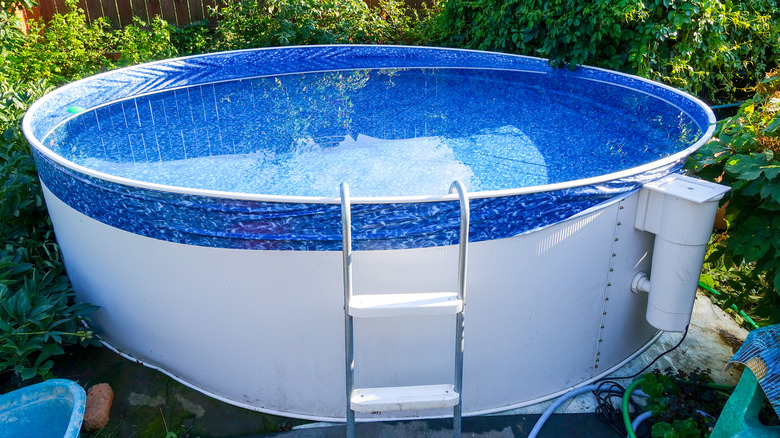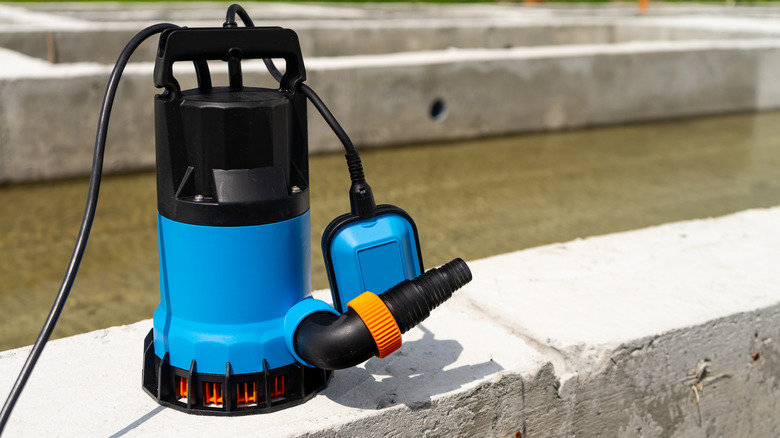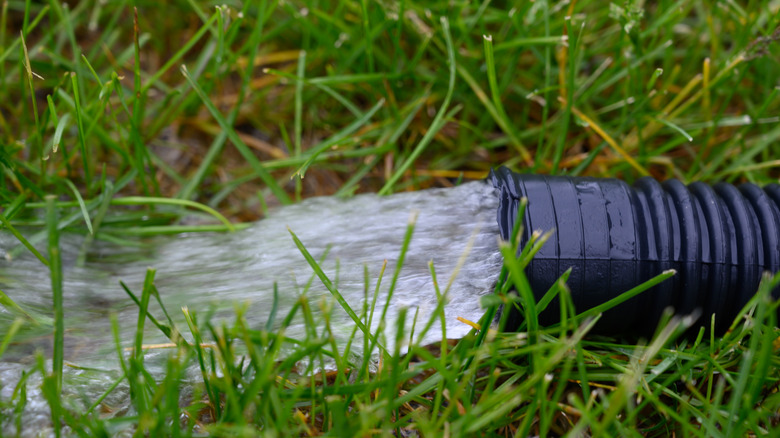The Best Method For Draining Your Above Ground Pool
If you own an above-ground pool, you can bet that you'll need to completely empty it at least once for repairs or in preparation for below-freezing temperatures. That's why the best method for draining your above-ground pool depends on the situation. The two most common methods are using an electric pump or working with gravity and a siphon. Both methods are effective at removing the water from the pool, but they each have their own advantages and disadvantages. A pump removes water much faster than a siphon, and because of this, it's ideal for maintenance and repair work or when you want to change out the water. Siphon pumps work best when water removal isn't urgent or when you only need to remove a certain percentage of the water to rebalance the chemicals in the water.
When draining your above-ground pool, there are a few things to consider before committing to the draining process. These include making sure that the chemicals in the water are as low as possible, having a plan on where all of that water is going to end up, and making sure that the conditions are optimal. This process can be lengthy, so you'll have to keep an eye on it throughout the day (and possibly, night).
Pump versus siphon
A submersible pump, or sump pump, is powered by electricity and is best used for routine maintenance and cleaning, repairs (like replacing the liner), or if you need to remove a large amount of water in a short amount of time. The sump pump should be submerged underwater and attached to a drain hose that leads to a safe drainage location. It's important to monitor the pump and the hose during the draining process to ensure that they don't get clogged by floating debris or that the pump doesn't burn out from no longer being submerged.
Siphon pumps use the force of gravity to drain your pool and are an economical option when compared to their electric counterparts. You can siphon water from your pool using just a garden hose. The only downside is that it takes much longer to do the job than a pump. It's best to use the siphoning method when you only need to remove a small portion of water.
The one downside for both sump pumps and, even more so, siphoning is that you're still going to have to deal with a small amount of water left in the pool. This can be removed with buckets or a wet vac.
What to do with all that water
When it comes to dumping your pool water, it's not as easy as it seems. You'll want to wait until the temperature is suitable and not too hot because the heat from the sun can cause the pool liner to shrink, rendering it useless. On top of that, most municipalities have regulations in place to prevent you from mindlessly dumping your chemical-laden pool water into the city's storm drains.
You have a few different options when it comes to safely draining water from your above-ground pool. First, always dechlorinate your pool water. After about 10 or so days, the water is safe to dispose of and can be pumped or siphoned into a combined sewer system. Draining your pool water into your personal sewer line is not recommended and can cause blockages and backups that are costly to deal with. Since the pool water has been dechlorinated, it's also safe to use your own backyard as a drainage point. Just be sure that the ground of your chosen area can handle the onslaught of water that you're about to water it with.


